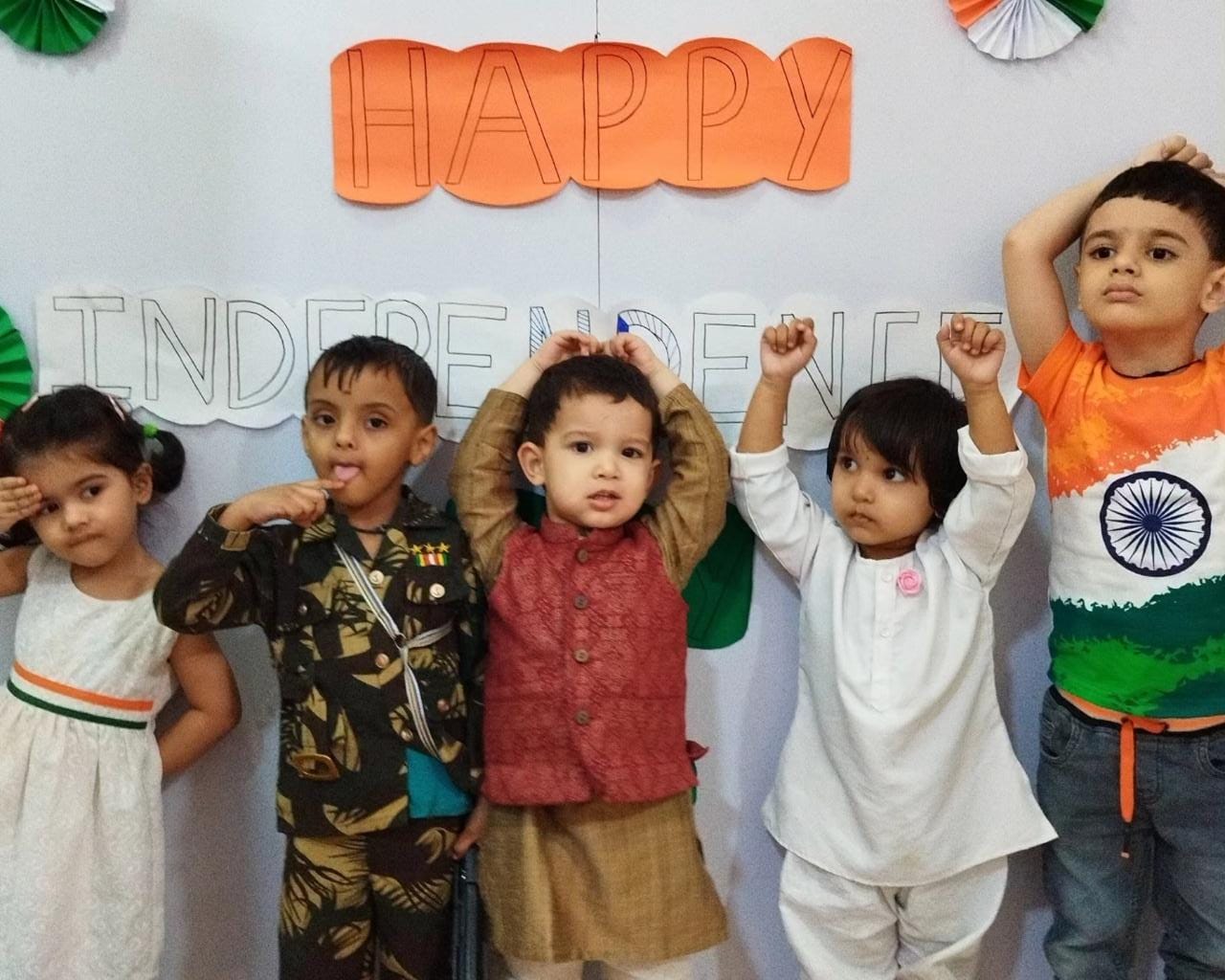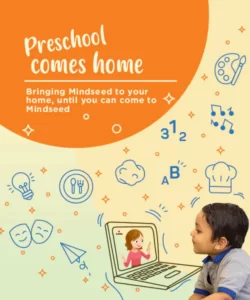Every Indian cherishes Independence Day because it remembers the country’s long struggle for independence from British colonial domination. We commemorate the sacrifices made by our forefathers to achieve freedom on this day of national festivity. It’s a chance to introduce kids to Independence Day activities that capture the spirit of this particular holiday. Teaching children the significance of Independence Day celebration fosters patriotism and a greater awareness of India’s rich past. Engaging young minds in meaningful ways helps pave the way for a brighter future in which they appreciate and value their country’s sovereignty. Here are some exciting and imaginative methods to teach children about Independence Day:
1. Historical Storytelling:
Stories have the ability to capture a child’s imagination. Share the famous stories of Independence Day history and the tales of courageous freedom warriors such as Mahatma Gandhi, Bhagat Singh, and Rani Lakshmibai. Children can understand the extent people went for the country’s freedom by hearing their stories of bravery and sacrifice.
2. Patriotic Singing and Dancing:
Plan a joyful singing and dancing session with patriotic songs like “Vande Mataram” and “Jana Gana Mana.” Teach them the meanings behind the lyrics to instil pride and unity in them.
3. Activities for Flag Making:
Encourage youngsters to make their own Indian flags out of craft materials. Explain what the tricolour and the Ashoka Chakra mean. This hands-on method improves their creativity and stamps the flag’s significance in their brains.
4. Quiz Time:
Host an interactive quiz about Independence Day and India’s history, with topics ranging from the liberation struggle to drafting the Constitution. Make it a friendly competition to pique their curiosity and inspire them to learn more about their countries and Independence Day history.
5. Dramatic Retellings:
Encourage children to perform short plays or skits reflecting crucial events in India’s liberation movement. This practice allows kids to immerse themselves in history and comprehend the hardships and successes of the past.
6. Flag Hoisting Ceremony:
Hold a tiny flag hoisting ceremony at home or school to simulate the mood of the real thing. This practice instils reverence for the national flag and the occasion it represents.
7. March-past
A march-past is a parade or procession that is typically held on Independence Day to foster a sense of unity in youngsters. Take the initiative to plan the march-past along with the young ones. Allow them enough time before the main event to practise marching. After hoisting the tricolour flag, the march-past is performed in time with a loud drill.
8. Patriotic Costume Contest
It’s entertaining to participate in a fancy dress contest as a well-known independence warrior or an Indian soldier. Your child will be able to use it as a platform to learn about historical figures and the struggle for independence. By introducing unusual items like a walking stick and glasses for Mahatma Gandhi, a rose for Nehru, and a cap for Subhash Chandra Bose, the activity can be made more vibrant.
To summarise, establishing patriotism and respect for their country’s past is critical in developing responsible and informed citizens. We can assist children in understanding the significance of Independence Day beyond the surface celebrations by using these engaging and creative techniques. These experiences will continue to encourage them to be active participants in maintaining their country’s values and traditions as they develop.


